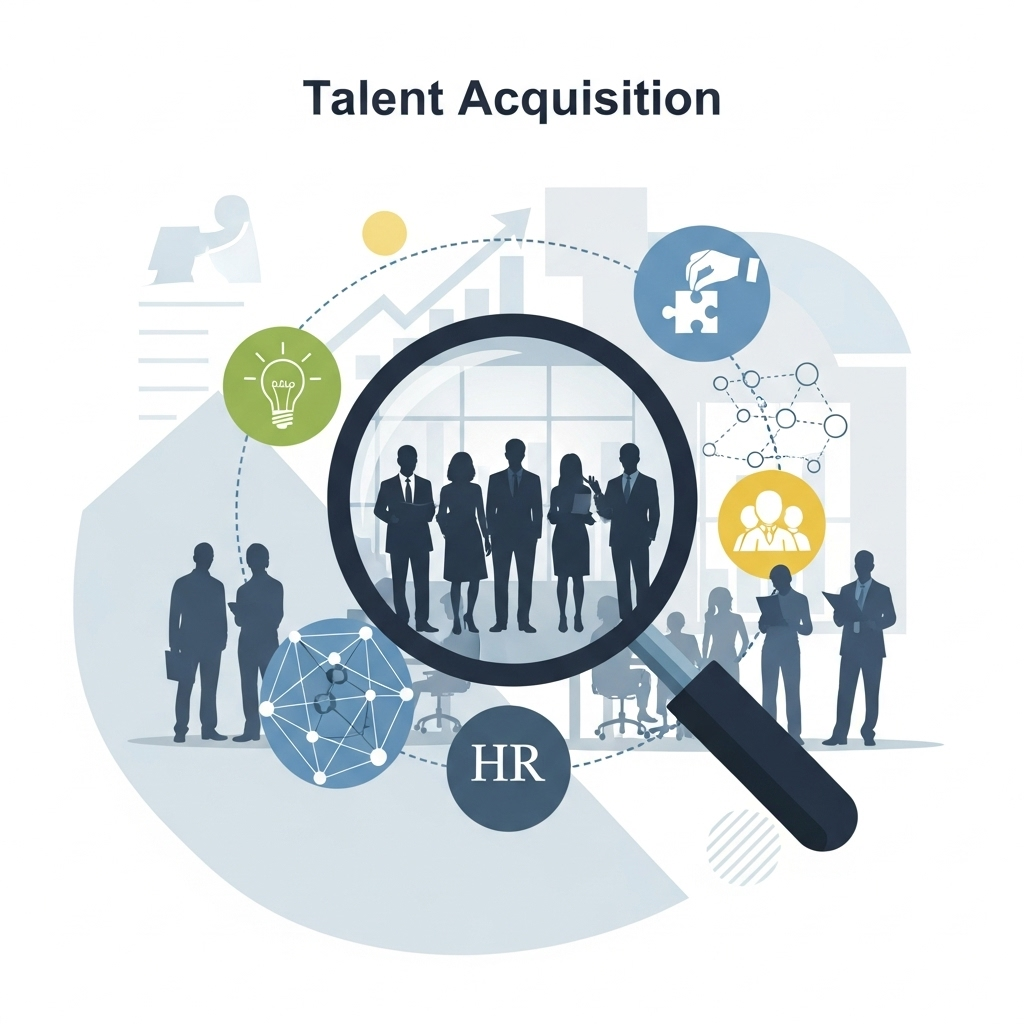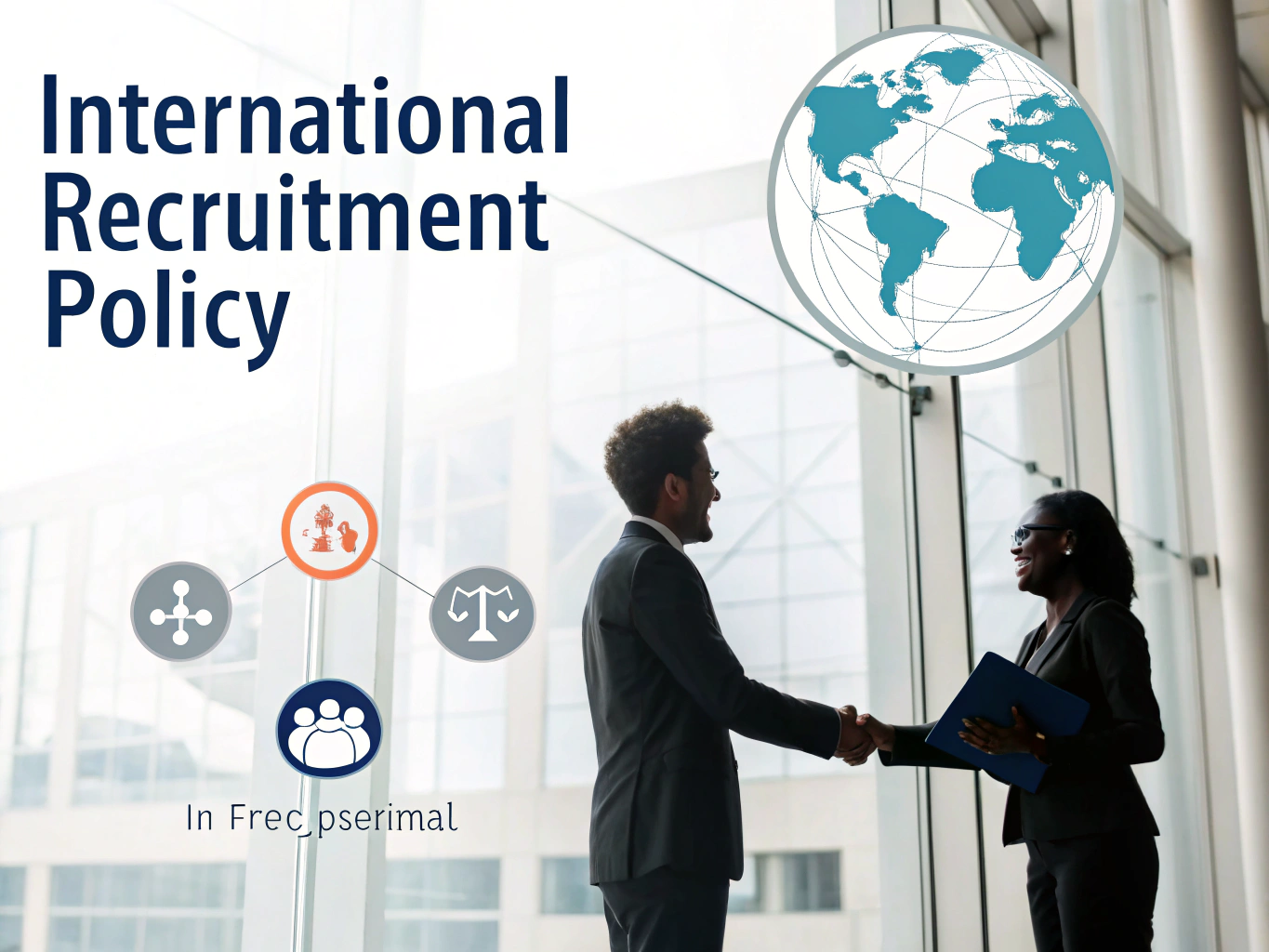Definition
Talent acquisition is the strategic process companies use to identify, attract, and hire the right individuals to fulfill their workforce needs. It goes beyond simply filling open roles; it’s about understanding the long-term goals of the organization and finding candidates who can grow and thrive within the company.
Key Components
Effective talent acquisition is built on several critical components that ensure a seamless and productive hiring process. Here’s a closer look at what makes up this essential function:
- Employer Branding: This is the image and reputation of your company as a place to work. A strong employer brand attracts top talent by showcasing your company culture, values, and benefits. For example, if your organization emphasizes work-life balance, highlight this in your job postings and company literature.
- Workforce Planning: This involves forecasting your future hiring needs based on business goals. By understanding the skills and roles you’ll require, you can proactively seek candidates who will meet those needs. For instance, if you’re planning to expand into a new market, you might start looking for sales talent with experience in that area even before the expansion begins.
- Candidate Sourcing: This is about finding potential job candidates through various channels, such as job boards, social media, and networking events. Don’t just stick to the usual methods; explore niche job boards that cater to specific industries or skill sets.
- Interviewing: Conducting effective interviews is key to identifying the right candidates. Focus on behavioral questions that reveal how candidates have handled situations in the past. For instance, ask them to describe a time they overcame a significant challenge at work.
- Onboarding: Once a candidate is hired, a smooth onboarding process is crucial. This is the time to introduce them to your company culture, set expectations, and provide the necessary training. A well-planned onboarding experience can lead to higher employee retention rates and quicker productivity.
Importance in the Workplace
Understanding talent acquisition is vital for creating a strong workforce. It ensures that you attract not just any candidates, but those who align with your company’s values and future direction. For example, a tech startup might focus on hiring individuals who are not only skilled in coding but also demonstrate a passion for innovation and collaboration. This alignment fosters a culture of creativity and growth, ultimately driving the company’s success.
Best Practices
Implementing a successful talent acquisition strategy requires thoughtful planning and execution. Here are some best practices to consider:
- Develop Clear Job Descriptions: Ensure that your job postings clearly outline the qualifications, responsibilities, and expectations for the role. A well-crafted job description attracts candidates who are genuinely interested and qualified.
- Leverage Technology: Use applicant tracking systems (ATS) to streamline the hiring process. These tools help manage resumes, track candidates, and simplify communication, making it easier for you to focus on finding the right fit.
- Engage Passive Candidates: Don’t just focus on active job seekers; reach out to passive candidates who may not be actively looking for a job but could be open to new opportunities. Networking events and social media platforms like LinkedIn are great for connecting with these individuals.
- Utilize Employee Referrals: Encourage your current employees to refer candidates. Often, employees know the company culture well and can recommend individuals who would be a great fit, thus enhancing your talent pool.
- Continuous Feedback Loop: After each hiring cycle, gather feedback from both candidates and hiring managers. This insight can help refine your processes and improve the overall candidate experience for future recruitment efforts.
Legal Considerations
When engaging in talent acquisition, it’s crucial to be aware of legal considerations to avoid potential pitfalls. Compliance with employment laws regarding discrimination, privacy, and labor practices must be prioritized. For example, ensure that your hiring processes are non-discriminatory and that they comply with regulations such as the Equal Employment Opportunity Commission (EEOC) guidelines. Additionally, be mindful of data protection laws when handling candidate information, especially in the digital age.
Conclusion
Grasping the intricacies of talent acquisition is essential for any organization aiming for long-term success. By strategically aligning your hiring practices with your company goals and fostering a positive candidate experience, you not only fill current vacancies but also build a robust pipeline of future talent. As you implement these strategies, remember that talent acquisition is not just about securing employees—it’s about nurturing relationships that will contribute to your company’s future growth and culture.




